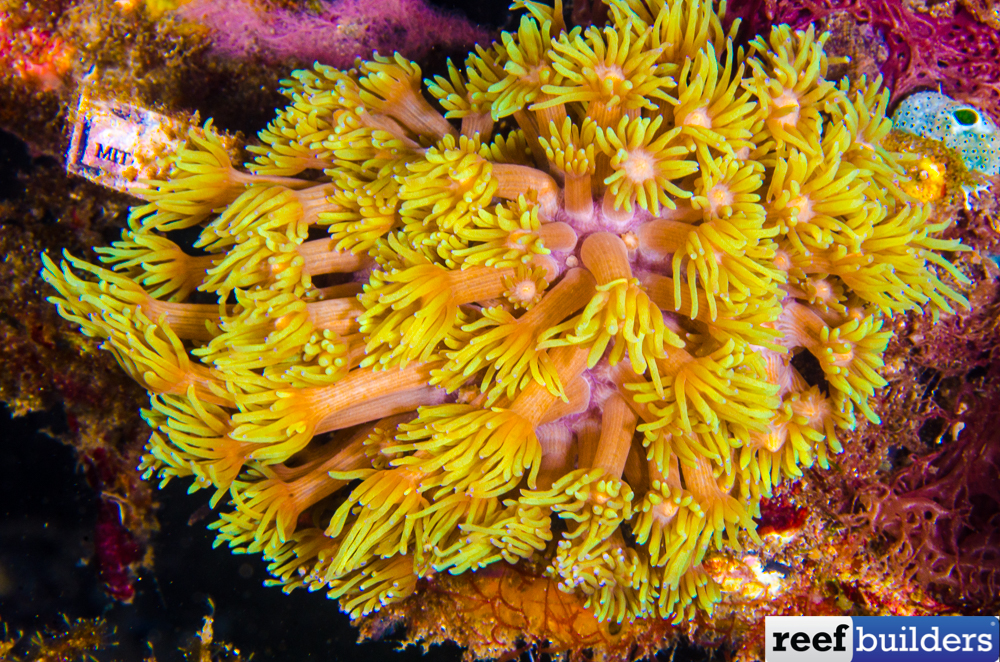Flowerpot corals are a mysterious group of reef builders that have perplexed reef aquarists for the last several decades. Not all ‘flowerpots’ are the same as they fall under three different genera including the closely related Goniopora and Bernardpora and the superficially similar but completely unrelated Alveopora but their general care requirements are basically the same.
Up until a handful of years ago most species of Goniopora were very challenging to keep in the long term but a steady growth of tank hardened strains and an ever increasing fragging mentality has given flowerpot corals more chances than ever to succeed in a wide variety of reef tanks. We proceeded to acquire new strains of these corals very cautiously with very moderate confidence in their success but after years of trepidation we finally found ourselves with overgrown flowerpot corals in need of being fragged down to a more manageable size.
Cris Capp is a Denver-area reefer and owner of Aquatic Art in Highlands Ranch who is one of the most successful aquarist we know with the Goniopora genus so instead of risking a botched fragging attempt we took our prized colonies to his shop to go under the blade. Due to the large size and ball shape of our colonies they wouldn’t fit in our standard Gryphon band saw so Cris’s Gryphon XL was key to making some good clean cuts and shaping the resulting frags into large pieces which could restart our display corals.
In addition to preserving the main pieces, Cris’s experience in cutting this group of corals was instrumental in making frags with an ideal size and shape, and especially to shave off the residual skeleton from most of the active living tissue so they get the best start to regenerating after their newfound independence. We learned a lot from taking our prized homegrown flowerpot corals to a ‘professional’ for their proverbial haircut and it was rewarding to document the process on video while incorporating lots of tips and tricks to general flowerpot coral care.



